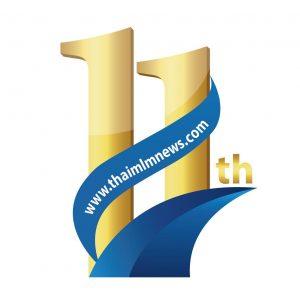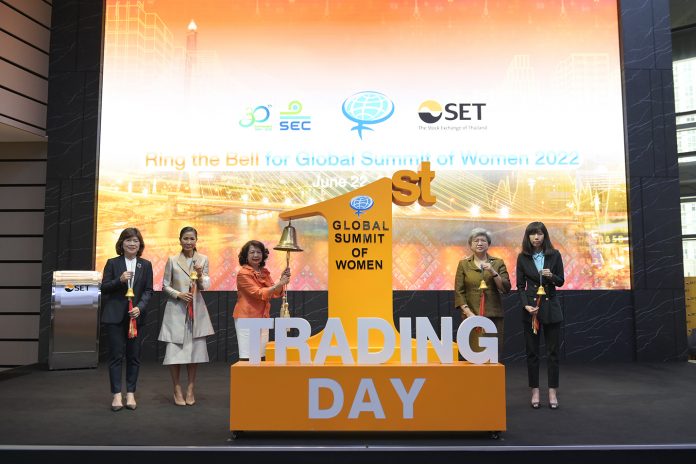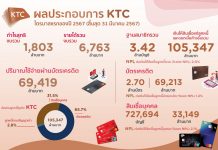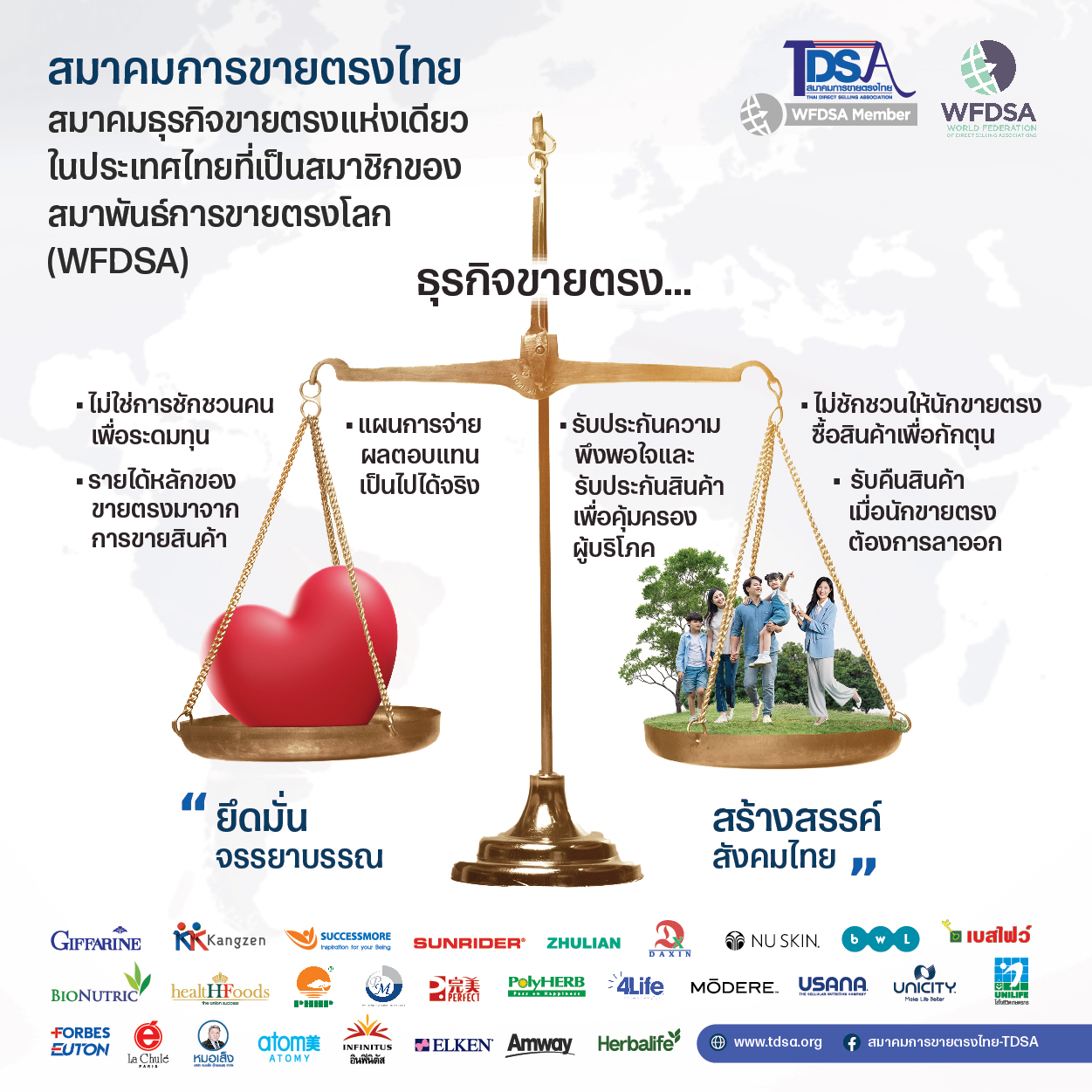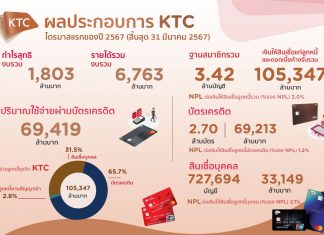ถึงแม้ว่าสัดส่วนของผู้บริหารสตรีที่นั่งในบอร์ดของบริษัทขนาดใหญ่ที่สุดในยุโรปจะอยู่ที่ 36.9% ซึ่งสูงกว่าภูมิภาคอื่น ๆ แต่ในภาพรวม ตัวเลขรวมลดลง ด้วยสัดส่วนของผู้บริหารหญิงในบอร์ดของบริษัทในเอเชียแปซิฟิกที่มีอยู่เพียง 10.7% ทำให้อัตราเฉลี่ยของโลกอยู่ที่ประมาณ 20.2% เท่านั้น

จากการสำรวจองค์ประกอบของคณะกรรมการในบริษัทขนาดใหญ่ที่สุด 200 แห่งจากการจัดอันดับของนิตยสาร ฟอร์จูน (Fortune Global 200) ซึ่งคอร์ปอเรท วีเมน ไดเร็คเตอร์ อินเตอร์เนชั่นแนล (CWDI) จัดทำต่อเนื่องมานาน 18 ปีพบว่า นับตั้งแต่ปี 2547 เป็นต้นมา ผู้บริหารสตรีที่มีตำแหน่งในคณะกรรมการบริษัทขนาดใหญ่เหล่านี้ มีจำนวนเพิ่มขึ้นเพียง 9.8% เท่านั้น ส่วนหนึ่งเป็นผลมาจากการเปลี่ยนแปลงองค์ประกอบของการจัดอันดับบริษัทใหญ่ที่สุดของโลกของนิตยสารฟอร์จูน โดยบริษัทในภูมิภาคเอเชียแปซิฟิกที่ติดอันดับดังกล่าวมีจำนวนถึง 91 แห่ง ส่วนใหญ่เป็นบริษัทในสาธารณรัฐประชาชนจีนซึ่งมีจำนวน 63 แห่ง และกรรมการบริษัทที่เป็นสตรีในองค์กรเหล่านี้มีสัดส่วนเพียง 8.9% นอกจากนี้ มีบริษัท 26 แห่งในประเทศจีนที่ไม่มีกรรมการบริษัทเป็นผู้หญิงเลย การที่มีบริษัทในภูมิภาคเอเชียแปซิฟิกติดอันดับกิจการขนาดใหญ่เพิ่มขึ้นมากดังกล่าว ส่งผลให้สถิติจำนวนผู้นำองค์กรทั่วโลกที่เป็นสตรีมีการเปลี่ยนแปลงตามไปด้วย เนื่องจากองค์กรที่มีขนาดใหญ่มักเป็นผู้กำหนดเทรนด์ของโลก
แนวปฏิบัติด้านธรรมาภิบาลขององค์กรในยุโรป เช่น การกำหนดโควตา การยอมรับความหลากหลายทางเพศ ฯลฯ ส่งผลให้ผู้หญิงมีโอกาสเข้ามาเป็นผู้บริหารในคณะกรรมการบริษัทมากขึ้น และเทรนด์นี้เป็นที่แพร่หลายไปทั่วโลก
ประเทศที่มีสัดส่วนผู้บริหารสตรีในคณะกรรมการบริษัทสูงสุดในโลก ได้แก่ ฝรั่งเศส ซึ่งมีผู้บริหารหญิงมากถึง 46.5% เนื่องจากกฎหมายการกำหนดโควตาผู้บริหารสตรีที่มีผลบังคับใช้ตั้งแต่ปี พ.ศ. 2554 ส่งผลให้มีการเปลี่ยนแปลงอย่างมาก และในการจัดท็อปเท็นบริษัทที่มีกรรมการเป็นผู้หญิงนั้น เป็นบริษัทที่อยู่ในยุโรปถึง 11 แห่ง
บริษัทอื่น ๆ ที่ติดอันดับท็อปเท็นองค์กรที่มีสัดส่วนผู้บริหารสตรีมาก เป็นบริษัทในสหรัฐอเมริกา โดยมีสัดส่วนผู้บริหารหญิงเฉลี่ยที่ 33% ถึงแม้ว่าสหรัฐอเมริกาเป็นประเทศที่ไม่ใด้ใช้หลักการกำหนดโควตาและจะยังคงตามหลังยุโรปแต่ก็เริ่มตามมาทันเนื่องจากการใช้กลยุทธ์การกำหนดผู้ถือหุ้นสถาบันแบบ bottom-up ที่สนับสนุนให้กองทุนบำเหน็จบำนาญหรือกองทุนที่ลงทุนในกิจกรรมสังคมและหุ้นที่ต้องติดต่อกับบริษัทที่ไม่มีผู้บริหารสตรีในบอร์ด ได้คำนึงถึงปัจจัยเรื่องความหลากหลายทางเพศมากขึ้นในการแต่งตั้งบอร์ด เมื่อเร็วๆ นี้ ตลาดหลักทรัพย์ NASDAQ ได้ขอให้บริษัทในตลาดฯ ชี้แจงองค์ประกอบของบอร์ด และแนะนำให้แต่ละบริษัทมีกรรมการอย่างน้อย 2 คนเป็นผู้หญิงหรือเป็นผู้แทนของชนกลุ่มน้อย
แนวโน้มดังกล่าวในบริษัทที่มีผลประกอบการดีสะท้อนให้เห็นว่า การที่บริษัทใดจะขึ้นสู่การเป็นบริษัทท็อปเท็นจำเป็นจะต้องมีกรรมการสตรีในสัดส่วนอย่างน้อย 45% (เทียบกับ 25% เมื่อปี 2547) บริษัท 8 แห่งที่มีกรรมการในบอร์ดเป็นผู้หญิงครึ่งหนึ่งหรือมากกว่า และทุกบริษัทต่างก็มีจำนวนผู้บริหารสตรีเป็น “ส่วนใหญ่” หรือมากกว่า 30% ทั้งนั้น
ไอรีน นาทิวิแดด ประธาน CWDI กล่าวว่า “ตั้งแต่ปีพ.ศ. 2547 ที่ CWDI ได้เริ่มทำการสำรวจสัดส่วนของผู้บริหารสตรีในบอร์ดบริษัทระดับ Fortune Global 200 มาจนทุกวันนี้ เราได้เห็นว่ามีการแต่งตั้งผู้บริหารหญิงเข้ามาใน
บอร์ดบริษัทมากขึ้นอย่างเห็นได้ชัดซึ่งเป็นผลมาจากการดำเนินการเชิงรุก ทำให้ผู้หญิงมีโอกาสได้รับตำแหน่งผู้บริหารมากขึ้น การเปลี่ยนแปลงเหล่านี้มาเพราะมีแรงกดดันอื่นๆ ไม่ว่าจะเป็นการกำหนดโควตา ข้อบังคับของตลาดหลักทรัพย์ ข้อกำหนดเรื่องผู้ถือหุ้น และตัวของสตรีเอง”
ในปัจจุบัน มี 33 ประเทศทั่วโลกที่ได้กำหนดโควตาสัดส่วนของกรรมการที่เป็นสตรี จากรายงานที่จัดทำขึ้นแสดงให้เห็นว่า บริษัทในประเทศที่มีการกำหนดโควตาสัดส่วนกรรมการที่เป็นสตรี จะมีผู้บริหารหญิงในบอร์ดประมาณ 38.5% เทียบกับบริษัทในประเทศที่ไม่มีข้อกำหนดทางกฎหมายซึ่งสัดส่วนของกรรมการหญิงในบอร์ดบริษัทจะมีประมาณ 22%
สำหรับในอนาคต CWI ได้สำรวจจำนวนผู้หญิงที่อยู่ในตำแหน่งผู้บริหารระดับสูงในบริษัทที่ติดกลุ่ม Fortune Global 200 พบว่าผู้บริหารระดับสูงที่เป็นหญิงมีสัดส่วน 17.6% ซึ่งสะท้อนให้เห็นว่า แม้แต่ในองค์กรขนาดใหญ่ที่สุดและมีชื่อเสียงมากในสังคมล้วนแต่ประสบความยากลำบากในการ “ปั้น” ผู้บริหารหญิงขององค์กรให้ก้าวสู่ตำแหน่งในระดับสูง มากกว่าการแต่งตั้งผู้หญิงจากภายนอกองค์กรเข้าไปนั่งในบอร์ด
บริษัทชั้นนำที่มีผลประกอบการยอดเยี่ยมที่ติดท็อปเท็นบริษัทที่มีกรรมการบริษัทเป็นผู้หญิงมากที่สุด ได้แก่ บริษัทอเมริกัน ซึ่งมีสัดส่วนกรรมการหญิง 26.9% ตามด้วยยุโรป 22.4% และเอเชียแปซิฟิก ที่ทิ้งห่างด้วยสัดส่วน 6.3% อย่างไรก็ดี ในการจัดอันดับของนิตยสารฟอร์จูนพบว่า บริษัทของจีนยังมีสัดส่วนกรรมการหญิงมากกว่าบริษัทเอเชียอื่นๆ โดยผู้หญิงที่มีตำแหน่งบริหารระดับสูงในบริษัทจีนมีสัดส่วน 8.6% ตัวอย่างเช่น อาลีบาบา ซึ่งเป็นบริษัทท็อปเท็นมีผู้บริหารระดับสูงที่เป็นผู้หญิงถึง 5 คนจาก 13 คนหรือคิดเป็น 38.5% ซึ่งทิ้งห่างจากบริษัทจีนอื่นๆ ที่มีสัดส่วนผู้บริหารหญิงต่ำมาก และในบรรดาบริษัทที่ติดอันดับท็อปเท็น บริษัท วอลกรีนส์ (Walgreens) ซึ่งเป็นบริษัทยาของสหรัฐ มีสัดส่วนกรรมการหรือผู้บริหารที่เป็นสตรีสูงเป็นอันดับหนึ่ง คือ 62.5%
“เราคงต้องทำงานกันหนักขึ้นเพื่อส่งเสริมและเปิดโอกาสให้ผู้หญิงได้ก้าวสู่ตำแหน่งบริหารระดับสูงมากขึ้น เพราะถ้าในคณะกรรมการบริษัทต่างๆ ยังคงมีจำนวนกรรมการที่เป็นสตรีน้อย ก็คงยากที่จะทำให้เกิดความเสมอภาคในด้านจำนวนกรรมการสตรีภายในองค์กรทั่วโลก” ไอรีนกล่าว
ข้อมูลเกี่ยวกับ CWDI
Corporate Women Directors International หรือ CWDI เป็นองค์กรที่ส่งเสริมบทบาทของสตรีในคณะกรรมการบริษัททั่วโลก และสนับสนุนการสร้างเครือข่ายภายในประเทศและระหว่างประเทศเพื่อให้กรรมการที่เป็นสตรีได้ติดต่อกัน ตลอดจนการส่งเสริมทักษะด้านธรรมาภิบาลของกรรมการบริษัท และเพื่อให้ข้อมูลเพื่อเป็นพื้นฐานในการพิจารณาความก้าวหน้าของสตรีในคณะกรรมการบอร์ด CWDI ได้จัดทำการวิจัยระดับโลกอย่างต่อเนื่องมาตั้งแต่ พ.ศ. 2539 โดยสำรวจจำนวนกรรมการบริษัทที่เป็นผู้หญิงในประเทศต่างๆ ได้แก่ ออสเตรเลีย แคนาดา ญี่ปุ่น แอฟริกาใต้ สเปน และสหรัฐอเมริกา มีการจัดทำรายงานระดับภูมิภาคเกี่ยงกับบริษัทชั้นนำในละติอเมริกา และแอฟริกา ตลอดจนรายงานระดับโลก 8 ฉบับเกี่ยวกับการวิเคราะห์สัดส่วนของสตรีในคณะกรรมการบริษัทใหญ่ที่สุด 200 แห่งของโลก CWDI ยังได้เผยแพร่รายงานเฉพาะอุตสาหกรรมอีกด้วย ทำให้ตลอด 26 ปีที่ผ่านมาจำนวนรวมของรายงานต่างๆ ทั้งหมดที่ CWDI จัดทำขึ้นและเผยแพร่ไปแล้วทั้งหมด 34 ชิ้น
Asia Pacific Companies Lag in Placing Women on Boards
Overall Percentage of Women Directors of 200 largest companies globally only increases slightly to 20.2%
While the percentage of women board directors serving Europe’s largest companies remains higher than in any other region at 36.9%, it is offset by the low percentage in the Asia Pacific region at 10.7%, resulting in the global average of 20.2% women’s board representation in 2022.
This means that in the 18 years that Corporate Women Directors International (CWDI) has surveyed board composition of the 200 largest companies in the world as ranked by Fortune, women on boards increased only 9.8 percentage points since 2004. Part of the reason lies in the changed composition of the Fortune listing, where Asia Pacific companies –91–now dominate the listing of the 200 largest with China’s 63 companies forming the majority, whose boards only have 8.9% women directors. Among companies with 0 women directors, 26 are based in China. The growth of Asia Pacific companies impacts women’s presence in corporate leadership globally, since the largest companies tend to be pacesetters.
Europe’s impact is in the pioneering use of initiatives like quotas and the inclusion of gender diversity in corporate governance codes to speed up women’s access to board seats – strategies that have spilled over to other parts of the world. The country with the highest percentage of women directors globally at 46.5% is France, whose 2011 quota law accounts for the progress it has made. Among the Top Ten list of best performing companies in appointing women directors, 11 are based in Europe.
The other 10 best performers in the Top Ten are based in the US, whose companies averaged 33% women directors. A non-quota country, the US still lags behind Europe but is catching up through its own bottom –up institutional shareholder strategy involving collaboration among pension funds, social investment and some equity funds, which have contacted companies with zero women on boards to urge the inclusion of gender in board nominations. Recently, the NASDAQ stock exchange also asked member companies to disclose their board composition and recommended that at least 2 directors must be women or members of minority groups.
Progress indicated by these best performing companies is evidenced by the fact that to be included in this Top Ten group required at least 45% women directors (compared to 25% in 2004), eight companies reached parity boards and beyond, while all exceeded the ‘critical mass’ metric of 30% when women are most impactful on a Board.
“From 2004 when CWDI conducted its first study of women board directors of the Fortune Global 200 to today, the dramatic increases in women’s board appointments happened due to proactive steps that accelerate women’s access to these leadership roles. Change does not happen without pressure, whether from a quota, a stock exchange directive, institutional shareholders, or women themselves,” says CWDI Chair Irene Natividad. Currently, there are 33 countries with quotas for women directors, for example, and the report shows that companies based in countries with quotas averaged 38.5% women directors compared to only 22% for companies in countries without legal mandates.
To look at where future board directors might emerge, the CWDI report surveyed women in senior officer roles in the Fortune Global 200 companies and found only 17.6% in those positions, indicating that even the largest companies with maximum public exposure have found it more difficult to ‘grow’ women internally into C-suites than to bring women into board seats from the outside.
US companies dominated the Top Ten list of best performers with higher percentages of women directors at 26.9%, followed by Europe at 22.4% and Asia Pacific at a distant third at 6.3%. However, China bested its peer Asian companies with 8.6% women in senior officer roles in its companies in the Fortune listing. Alibaba, for instance, made it to the Top Ten list with 5 out of 13 senior officers being women or 38.5%, but it is an outlier among other Chinese companies whose percentages were much lower. Topping the list is US pharma/food company Walgreens with women dominating its senior executive ranks at 62.5%.
“We need to work harder to improve the pipeline of women in senior officer roles, because without a ready pool of board-ready women, parity on boards will be difficult to reach globally,” adds Natividad.
About CWDI
Corporate Women Directors International (CWDI) promotes the increased participation of women in corporate boards globally, fosters national and international networks to link women directors, and seeks to hone directors’ skills in corporate governance. To provide baseline information from which women’s progress on corporate boards can be measured, CWDI has conducted annual research internationally since 1996 to identify women corporate board members in Australia, Canada, Japan, South Africa, Spain, and the United States, regional reports covering top companies in Latin America and Africa, and eight Global reports analyzing women’s board participation at the 200 largest companies in the world. CWDI has also issued industry-specific reports with the result that overall, 34 reports in 26 years have been issued.
Contacts: Charlotte Achito, charlotte.achito@gmail.com
Larry Grady, Corporate Women Directors Internationalcwdi@globewomen .com


